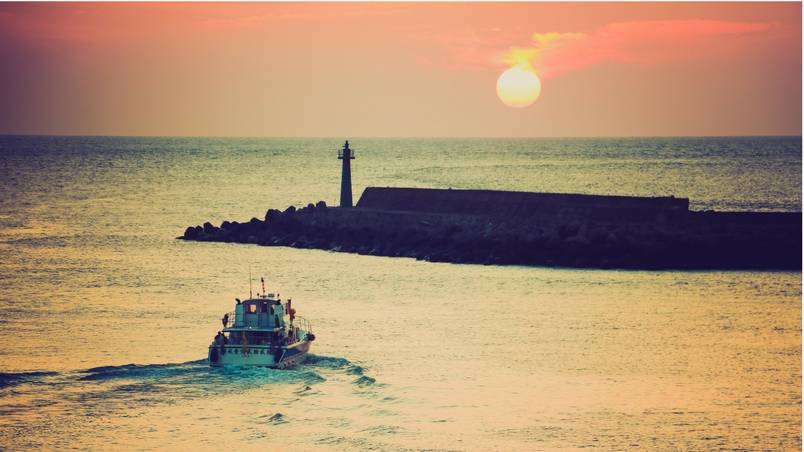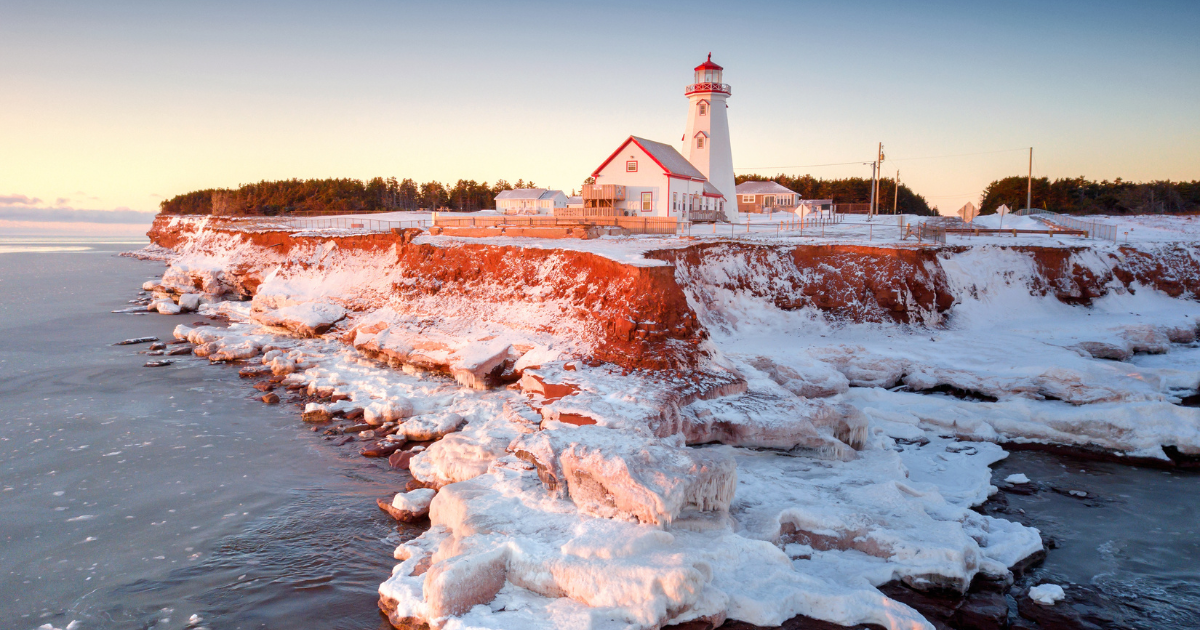By Linda White
I started early. When my mother was pregnant with me, she traveled by boat every weekend to our cottage in the Lake of the Woods, near the Ontario-Manitoba border. My childhood was spent paddling a canoe, and later running around in a motorboat. Eventually, I skippered cabin cruisers on Lake Winnipeg and power boats in Muskoka (Ontario’s cottage country). And in the last few years, I began sailing. Sailing is definitely harder.
Sailors must have a solid knowledge of the wind, weather, weight distribution, balance and navigation. They must be fit and agile. It takes a long time to learn to become competent.
I was enjoying my third summer of sailing, when my partner, John, and I were invited to crew for a friend in a weekend race. John has sailed for years, and he convinced me I had learned enough to be an asset on the other man’s boat. On the way to the club, he reminded me about rule No. 1: Obey the captain.
When we met up with our friend, he generously gave us foul-weather ocean gear to wear, a gesture that might have seemed a dire portent had I been paying attention. I sheepishly threw my $39 life jacket over the expensive outfit. The captain assigned John to handle the lines, and I was to help balance the boat by sitting on the side rail.
“Linda, when we tack, I want you to cross over in front of the mast,” the captain said.
If the wind is not moving the boat fast enough, the helmsman will tack the vessel, or change direction by 90 degrees to catch the wind better. I would have to scramble up to the mast, face it, cling to the attached lines until the tack was completed, and then climb up to the high side rail. No problem.
We motored out of the harbor, eager to compete. Once into the bay, the boat began to toss and roll, buffeted by high winds and waves that hadn’t been visible from the protected harbour. I was excited. I love adventure and speed and have no fear of the water.
The men began to hoist the two sails: the mainsail nearest the cockpit, and the jib attached at the front of the boat. I stayed on the helm, trying to keep the boat headed into the wind to reduce pressure on the sails as they were being raised.
Under full sail, we cut the motor and headed for the starting line, competing for advantage over the other boats. I moved up to the high side. The horn sounded and we crossed the line in good position.
The wind was gusting to 43 knots (80 kph/50 mph), and the waves were now about three metres (nine feet) high. The boat rode up to the top of each wave and slid down the opposite side, splashing water across the deck. As a big fan of roller coasters, I was delighted.
Each time we tacked, I hustled up to the mast. Whenever we plunged down the back of a wave, the boat dropped out from under my feet and I was left dangling from the mast lines. At the same time, the jib swiped me from head to heels. It was thrilling, but I did wonder how many times I could hang on like that.
Suddenly, the turbulent wind began to shred the jib into strips.
“Get up there and pull that sail down,” the captain yelled at me.
Remembering rule No. 1, I obeyed instantly, staggering toward the bow of the boat, bending at the waist to keep my centre of gravity low. I was fighting the wind, the waves crashing over the bow, the pitch of the deck and my terror at having nothing to hold on to. I grabbed the bottom of the sail, sat heavily and tried to haul down the sail. It would not move. Most of it was in tatters, and parts of it were flapping in the water. The captain dashed forward and yanked at the sail until it was all down.
“Pull that sail out of the water,” screamed the captain over the howling wind, as there was a real danger of it wrapping around the prop or the rudder. I leaned dangerously over the side, grabbed wet sail sections and bunched them on my lap. I butt-walked backwards toward the cockpit, dragging the rest of the sail with me. The captain moved to the opposite side of the deck, and we began stuffing the soggy sail into the cabin opening.
By now I was sitting squished between the outside of the cabin wall and the lifelines. Suddenly, the boat submarined. The nose plowed into the middle of a wave and then broke free to ride down the back of it. A wall of water came over the bow and the sides and, in a smooth motion, lifted me above the lifelines and deposited me in the lake.
I sputtered and coughed, swallowing water, and then lay on my back to catch my breath. Looking over, I saw the captain pitch the man-overboard pole into the water, a marker they could look for to find me.
The waves appeared enormous from this angle, and the wind blew up a constant spray.
On the plus side, the water was warm—unusually warm for Georgian Bay. My back to the waves, each one lifted me up to its peak, and then I slid gently down the other side. My feet floated in front of me in their colourful boat shoes.
“This is kind of fun,” I thought.
I had absolutely no fear, and no concept that this could be a dangerous situation. I was warm and my life jacket was doing its job. I worried a bit about the watch I’d bought the day before, but I would only be out $12 if it was ruined by the dunking.
The men seemed to be taking a long time to collect me, which was slightly annoying. And the man-overboard pole was drifting away from me, or maybe I was drifting away from it.
Finally, the mainsail was down and I could see the boat motoring in my direction. As they got closer, John’s face, white with fear, came into view. I felt bad that he was so worried when I was not.
The boat came within just over a metre (four feet), but unable to get into position, it shot past me.
For the first time, I thought, “Maybe this is going to be a problem.”
They circled around to try again. They were taking forever, but I knew they had to find the safest way to reach me.
The boat approached again, and John leaned way over the side. “Grab my hand,” he yelled, but we were inches apart and could not connect. They motored past me one more time.
Suddenly, I felt a throbbing pain. The middle finger of my right hand was swollen and leaning at an odd angle. Somehow I had broken it but hadn’t noticed until now.
As the boat drew near again, John threw a floating yellow rope in my direction. I lunged and grabbed it. The men whooped. John reeled me in toward the stern.
I grabbed the ladder but could not pull myself up. I was waterlogged, and it was hard to hang on to the rungs with a broken finger. Seeing that I was making no progress, John reached over, grasping the lower edge of my life jacket and hauling me into the boat. I landed like a halibut in the bottom of the cockpit. I had been in the water for 35 minutes.
By the time we docked and met up with the other sailors, three more boats had lost sails, another had taken on 20 cm (eight inches) of water, and a few had quit early. Only three or four completed the race.
We gathered on another boat, drinking rum and drying off while other competitors shared stories of people who hadn’t been rescued, of lake temperatures that caused hypothermia, and of currents that swept bodies away. John confessed that they had lost sight of me several times. They decided I was a trooper.
“But I didn’t know the dangers, so I was having fun out there,” I insisted. Ignorance is bliss. I look at it this way: my life jacket kept me afloat, my watch was still ticking and my finger eventually healed.
To this day, I continue to sail on Georgian Bay, but now my No. 1 rule is this: Stay on the boat.











